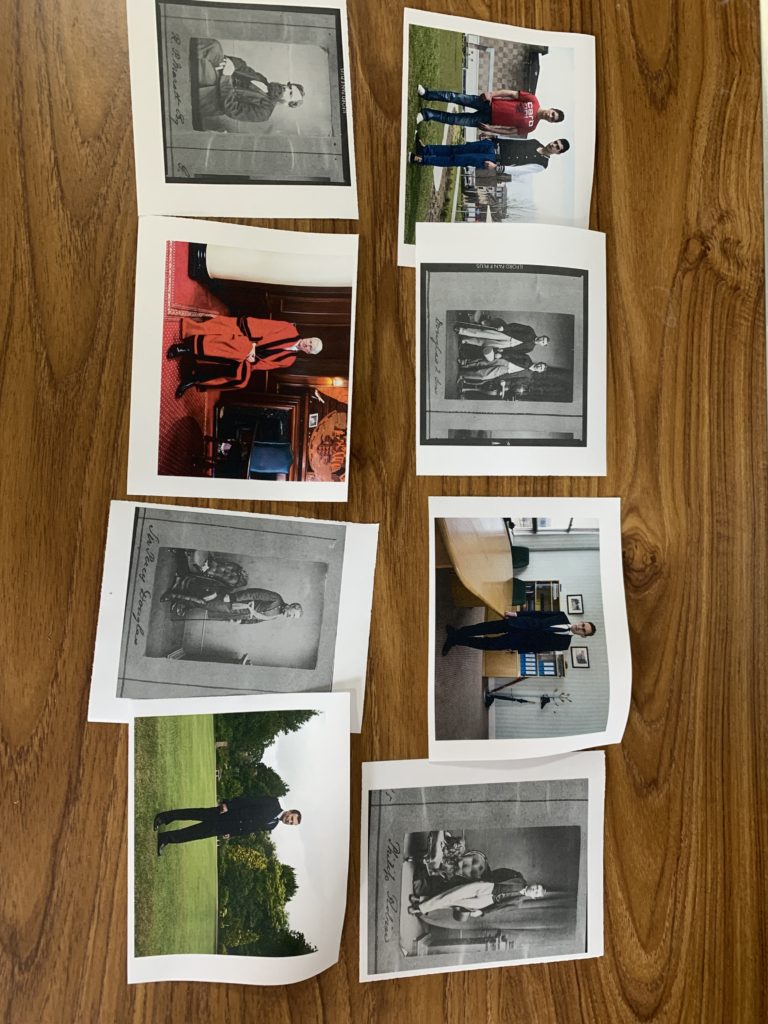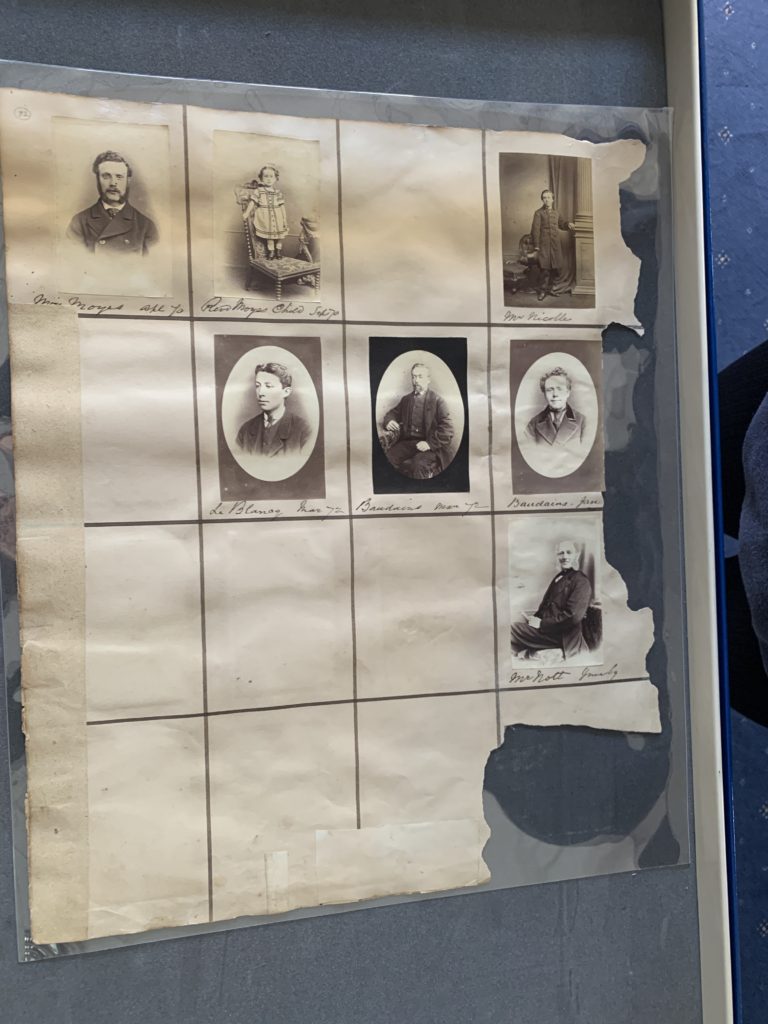How are archives a repository of knowledge?
Archives are an extremely important part of our history and help us understand our background through a visual representation. Archives represent three keywords – history, knowledge and power. This is because we learn through looking at images and doing research into our past that allows us to get knowledge about our history and what jersey or any place anyone has lived in looked like before. All this information and archives together gives us power as we can educate ourselves and what we do with this information is powerful as it gives us a more detailed insight into our past. Archival records take many forms, including correspondence, diaries, financial and legal documents, photographs, and moving image and sound recordings. All state governments as well as many local governments, schools, businesses, libraries, and historical societies, maintain archives. To understand the concept of archives in more detail we took a visit to the Societe Jersiaise Photographic Archive. This is where over 36,000 images are stored from the mid-1840s to this present day. We got to learn about different photographers that influenced and shaped jersey photography for life as well as learning about all the unique techniques and processes these photographers used when it came to producing or even taking their photographs- such as daguerreotype, calotype, salt paper prints, wet plate collodion, albumen prints, autochrome and colour transparencies. Personally, the archives I keep are photos on my phone as I have so many, I like to store them for years to be able to look at them whenever I want as well as keeping and making photo albums of images of me and my friends to have a more visual copy of them instead of a digital copy only.
The photographer we chose to look at on our visit to the Societe jersiaise was Henry Mullins. Henry Mullins was the first professional photographer to come to Jersey and establish a portraiture business in the very early days of photography. Mullins started working at 230 Regent Street in London in the 1840s and moved to Jersey in July 1848, setting up a studio known as the Royal Saloon, at 7 Royal Square. His focus was portrait photography – just under of his 10,000 photos are all digitally stored online and all of them are portraits. He took all his images in black and white and in an environment that fit the background of the individual he was photographing to allow us to gain knowledge and greater insight into what their life may have been like. His images of jersey people give us so much knowledge and him documenting all these different individuals lets us learn about people’s different classes, their wealth, how they dressed and basically how their everyday life may have been for them. Just by looking at all the different people in his images, we can learn about how people in the upper class dressed back in the day as they would usually be the individuals who wore suits or were photographed in offices and presented themselves well compared to the individuals who were dressed in old clothes and in a poor living environment such as just a chair or even standing outside or in a farm. Having Henry Mullins photograph the jersey community and society all the way from the mid-1840s allows us to gain knowledge about our early days and how different people’s lives or jobs were compared to how jersey functions in the present day.


This is one of the photographs that Henry Mullins took that I will choose to analyse. This photo is a portrait as that was his main focus. His image is in colour and the technique he used was Daguerreotype, in this image we can see a woman sitting on a chair ready to be photographed. A daguerreotype image is taken on a mirror-like silver surface and will appear either positive or negative, depending on the angle at which it is viewed, how it is lit and whether a light or dark background is being reflected in the metal. The darkest areas of the image are simply bare silver; lighter areas have a microscopically fine light-scattering texture. The surface is very delicate, and even the lightest wiping can permanently scuff it. Her hair is nicely put together and shes wearing a very formal dress which can tell us a lot about her wealth status, which I’m guessing shes upper class by the way shes dressed and the chair she is sat on looks very fancy. This creates knowledge for us as we get an idea of what women maybe in their later 20s to 30s looked like from different classes. It gives us an insight into how they dressed and what the fashion was like.

to read more about daguerreotype images use this link- https://en.wikipedia.org/wiki/Daguerreotype
Overall, I think photo archives give us so much knowledge about our society in the early days and how our history has all been photographed in order for us to be able to reflect and keep learning about our past. It gives us such a rich insight into what we used to wear, the different job roles individuals had and allows us to see the difference in class and wealth throughout the years just through simple portrait photography – as Henry Mullins focused on. Photo archives are also important in educating us on how to improve as a society and seeing images from our past they help us in shaping our future. This has inspired me into thinking out my own photography project and our key theme which is identity and community. Just through photographing different individuals in town or around jersey will educate someone else in 50+ years’ time by looking at my images and they’ll be able to gain knowledge of what jersey used to be like in 2021 and onwards, they would be able to see what we wore in this present day and the difference still between our wealth status. Therefore, archives are so important to our society, and it helps us to learn, and we can gain a better understanding of our history as well as gaining knowledge of different individuals that used to live in Jersey as they all shaped our future and our day to day living standards.

Wiki, overall a well written essay demonstrating sound knowledge and understanding of the history and usage of archives, both public and private in Jersey. As an example, good introduction and analysis of Mullins portraits, including photographic techniques such as daguerreotype. For future essay writing consider the following improvements:
1. More context and references from wider selection of academic, literary and internet sources.
2. Include direct quotes from sources and include others point of view using Harvard system of Referencing.
3. Image captions: name, title, year, dimensions (if known)
4. Bibliography
Marks: 11/18 = C/B